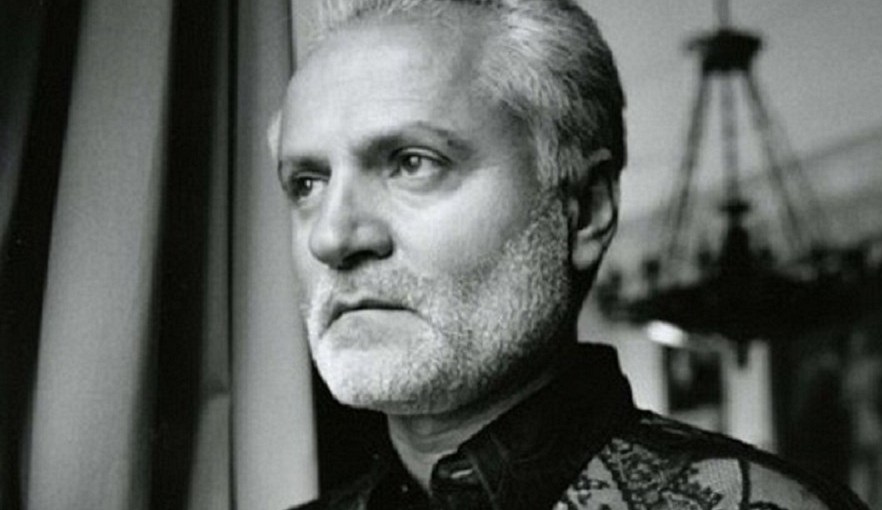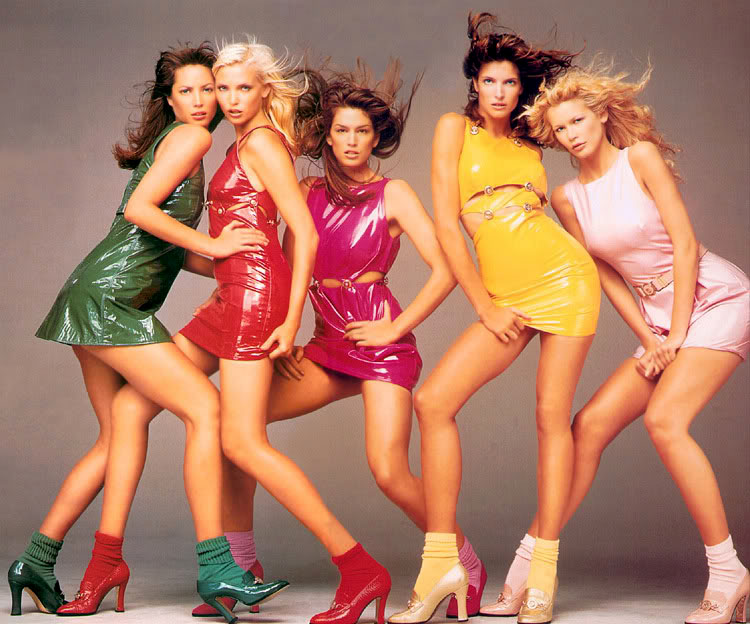‘Why Gianni Versace should be remembered for his artistry, not his grisly end’
The designer's murder shouldn't overshadow his position as a gay fashion trailblazer, writes Juno Dawson.
By Will Stroude

This article first appeared in Attitude issue 294, April 2018.
Shortly after the death of fashion designer Gianni Versace, Vogue’s then editor-in-chief Anna Wintour was asked about the legacy of her friend. She said: “I’ll remember him for his enormous lust for life, his love for his family and his work.”
However, 20 years after his death, Versace is perhaps best remembered for his murder, immortalised in Ryan Murphy’s The Assassination of Gianni Versace: American Crime Story. But what of his real legacy, his contribution to culture?
Without doubt, Versace left a mark on the worlds of fashion and celebrity. For evidence, see the triumphant SS18 Versace show in Milan last September. To mark the 20th anniversary of his death, the OG supermodels — Cindy, Naomi, Claudia, Helena and Carla — reunited in a rare moment of genuine catwalk shock and awe.

It’s also unfair that Versace, who started the fashion house in the late Seventies, is remembered for a few key pop culture moments, while his sister — and heir to the empire — Donatella now commands an iconic status that can overshadow his. Gianni became notorious for a couple of lines of dialogue in Showgirls (“Ver-say-ce”), being cut from Spiceworld: The Movie following his death, and, of course, a certain dress worn by Elizabeth Hurley.
The ‘safety pin’ gown Hurley wore to the Four Weddings and a Funeral premiere in 1994 may have ruined her chances of becoming a “worthy actress” (her words), but it put her on the map. Versace created stars.
“Gianni understood the importance of fashion as a global package,” recalled Wintour. “He brought the celebrities into the front rows. He used actresses and rock stars. He understood the importance of getting his image out there. He stands for glamour, sexiness, power and something a little wicked.”

He may not have created the term, but Versace cemented a decade of glory for the Supers. Models were no longer faceless clotheshorses, they were the stars of the Nineties.
Although Cindy Crawford later remembered: “The Versace show wouldn’t have happened if we hadn’t done George Michael’s video, and George Michael would have chosen actresses to star in his video if he had not seen the [Peter Lindbergh] Vogue cover.”
Versace’s work represented the strongest marriage of fashion and celebrity culture. That Hurley dress was emblematic of his style. It was not subtle, it was not quiet — it was bold, brassy and very sexy. In his own words: “You dress elegant women. You dress sophisticated women. I dress sluts.”

We don’t slut-shame here, but as a reaction to the mannish power suits of the Eighties, the Versace Nineties saw women in feminine silhouettes.
“Women are more sure of themselves today. They don’t have to emulate the way men dress,” Versace said.
Maybe we’re just in a Nineties revival, but Versace’s looks are more in style than ever. Gaga wore vintage Versace in her ‘The Edge of Glory’ video, while satin bomber jackets are a youth fixture again, so much so that Donatella used bold prints from her brother’s collections as a tribute in her new collection.
